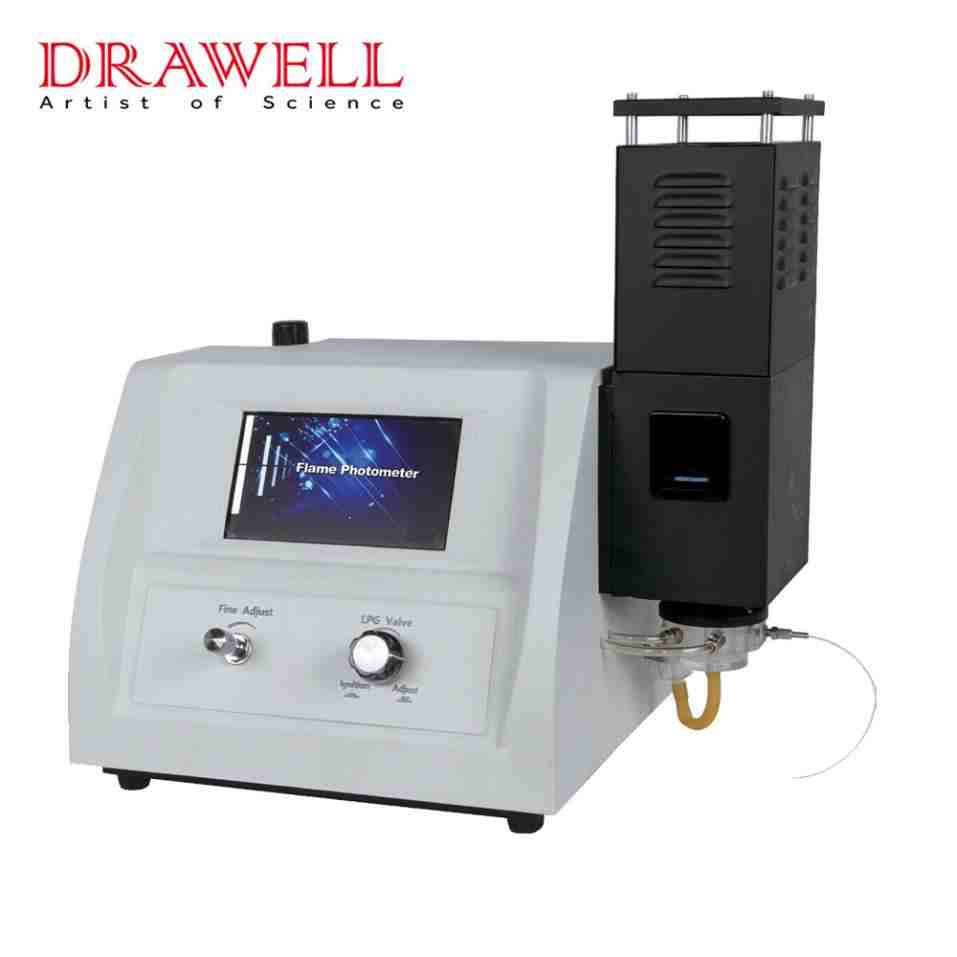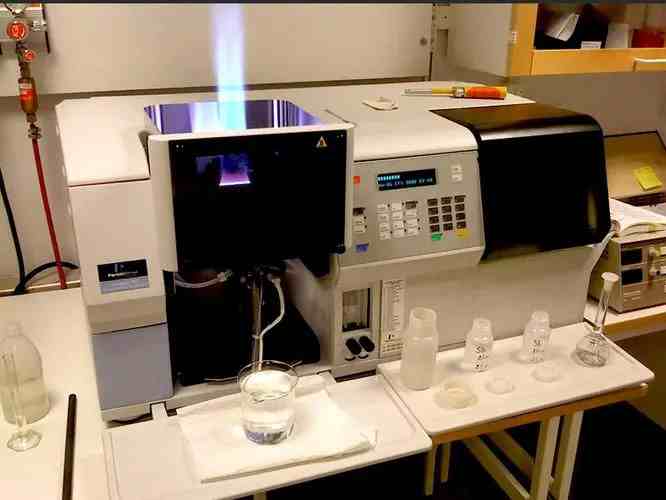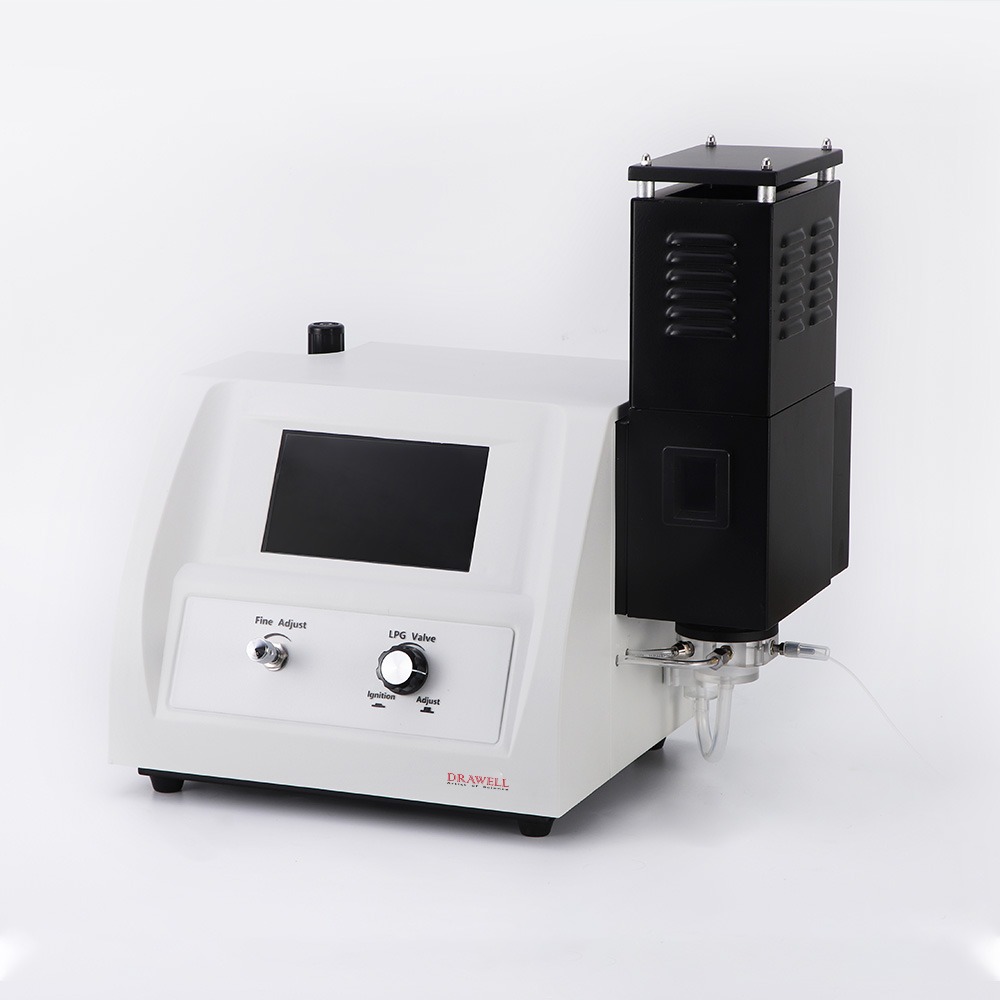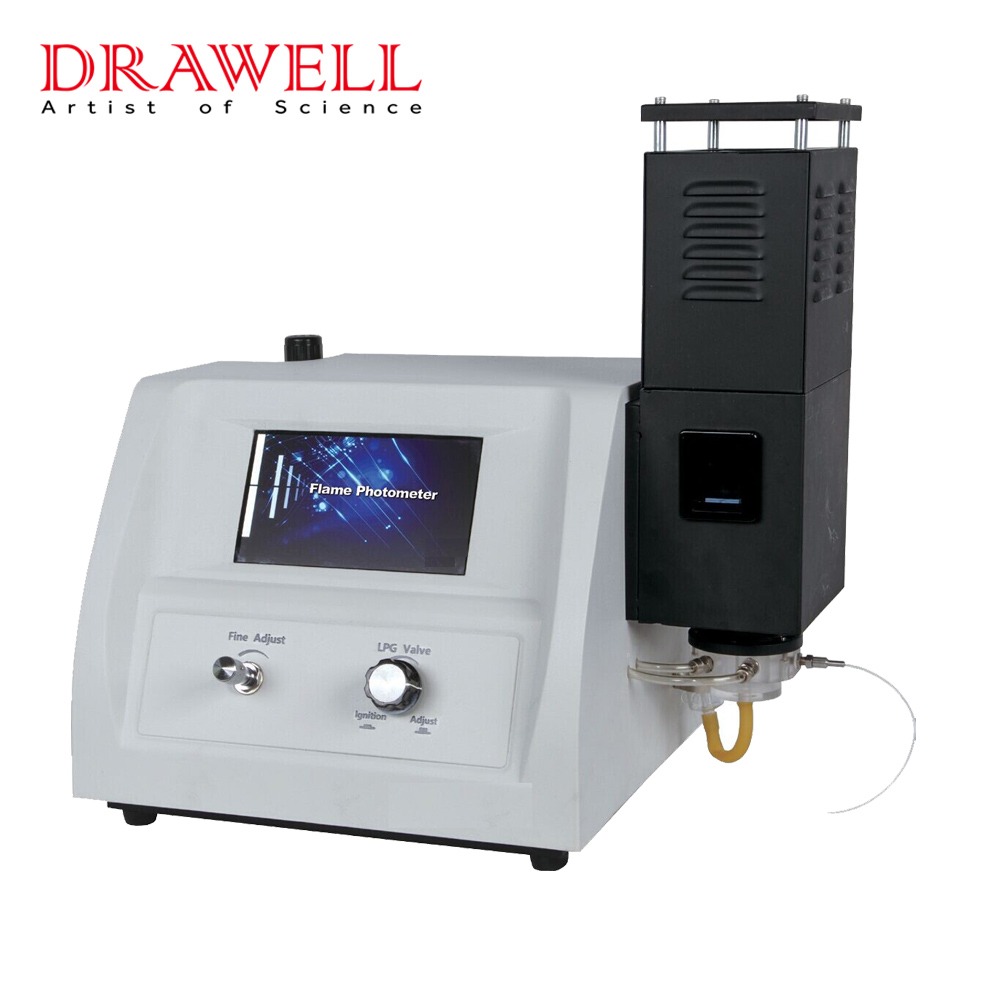Few devices in the field of analytical chemistry have demonstrated the versatility and extensive utility of flame photometers. These sophisticated machines, which are used to assess and quantify the elemental composition of materials, have found applications in a wide range of sectors and scientific disciplines. Flame photometers have transformed the way academics, professionals, and experts approach elemental analysis in fields ranging from healthcare to environmental monitoring. In this article, we discuss the topic of flame photometer uses, exploring the multifaceted applications of flame photometers, uncovering their working principle finding uses in a multitude of industries and scientific domains and shedding light on their transformative role.

What is the Principle for Flame Photometer Uses?
To understand the applications of flame photometers, it is necessary to first understand the basic principle that flame photometers rely on: atomic emission spectroscopy (AES). This method is based on the excitation of atoms in a sample, which causes them to shift to higher energy levels. As these excited atoms relax back to lower energy levels, photons are emitted, which the flame photometer detects. By measuring the intensity of emitted light, the concentration of specific elements within the sample can be accurately determined.
In the context of flame photometers, the journey begins with the sample being introduced into a high-temperature flame. This flame acts as a source of energy, exciting the atoms in the sample. Each element absorbs energy differently, resulting in the emission of photons with different wavelengths as excited atoms return to their ground states. As the released photons are gathered by the optical system of the flame photometer, they travel through a monochromator—a device that disperses light into its component wavelengths. This dispersion produces a rainbow-like spectrum of hues. Instead of colors, the spectrum shows lines, each of which corresponds to a specific wavelength associated with an element. The intensity of these spectral lines is directly proportional to the concentration of the corresponding element within the sample. By measuring the intensity of the emitted light at specific wavelengths, the flame photometer can determine the concentration of elements in the sample with exceptional accuracy. This quantification is achieved through calibration, where known standards of elemental concentrations are used to establish a correlation between intensity and concentration.

What are Diverse Flame Photometer Uses?
Clinical Diagnostics and Medical Research
Clinical diagnostics and medical research are two of the most important applications of flame photometers. These devices allow healthcare providers to monitor the concentrations of essential electrolytes in physiological fluids such as blood and urine. The measurement of components like as sodium, potassium, and calcium has enormous diagnostic value, assisting in the identification and management of a variety of medical disorders. Flame photometers give quick and accurate findings, allowing medical professionals to make informed decisions and provide specialized patient care.
Environmental Analysis
The capabilities of flame photometers aid the environment substantially, particularly in the monitoring of soil and water quality. Researchers can determine fertility and nutrient content by evaluating the elemental makeup of soil samples, offering essential information for sustainable agriculture. Additionally, flame photometers aid in tracking the levels of toxic heavy metals in water bodies, aiding environmental scientists in identifying pollution sources and evaluating the potential ecological impact.
Agriculture and Food Industry
In agriculture, flame photometers aid in crop growth and yield optimization by evaluating soil fertility and nutrient levels. The examination of components such as potassium and salt helps farmers make educated judgments about soil amendments and fertilization tactics. Similarly, flame photometers play an important role in quality control in the food industry by measuring sodium levels in processed foods and guaranteeing compliance with regulatory criteria.
Pharmaceutical Quality Control
In the pharmaceutical industry’s drive for quality and safety, flame photometers are vital tools. These tools provide exact analysis of elemental composition in pharmaceutical formulations in medication development and manufacture. This rigorous study guarantees that pharmaceuticals meet stringent quality requirements, thereby protecting patient well-being by verifying pharmaceutical product composition and purity.
Academic Research and Beyond
The variety of flame photometers assists academic research enormously. These tools are used by researchers from geology to archaeology to determine the elemental makeup of materials. Flame photometers are vital tools for expanding scientific knowledge and understanding Earth’s natural processes, whether decoding geological formations or unearthing insights about ancient artifacts.
Flame photometers are no exception to the evolution of elemental analysis.

What are Innovation and Evolution for Flame Photometer Uses?
Technological advancements have resulted in more sophisticated and user-friendly designs, increasing the accessibility and accuracy of elemental analysis when using a flame photometer. Automation and data integration further improve the analytical process, allowing researchers and professionals to gain insights more efficiently.
Conclusion
Flame photometers are dynamic instruments that have changed the elemental analysis scene. These gadgets have made an indelible impression across a wide range of professions, from assisting medical diagnosis and pharmaceutical quality control to boosting environmental monitoring and academic research. Flame photometers will remain steadfast friends as innovation continues to push the frontiers of analytical techniques, unveiling the hidden secrets of elemental composition and moving scientific research forward.


